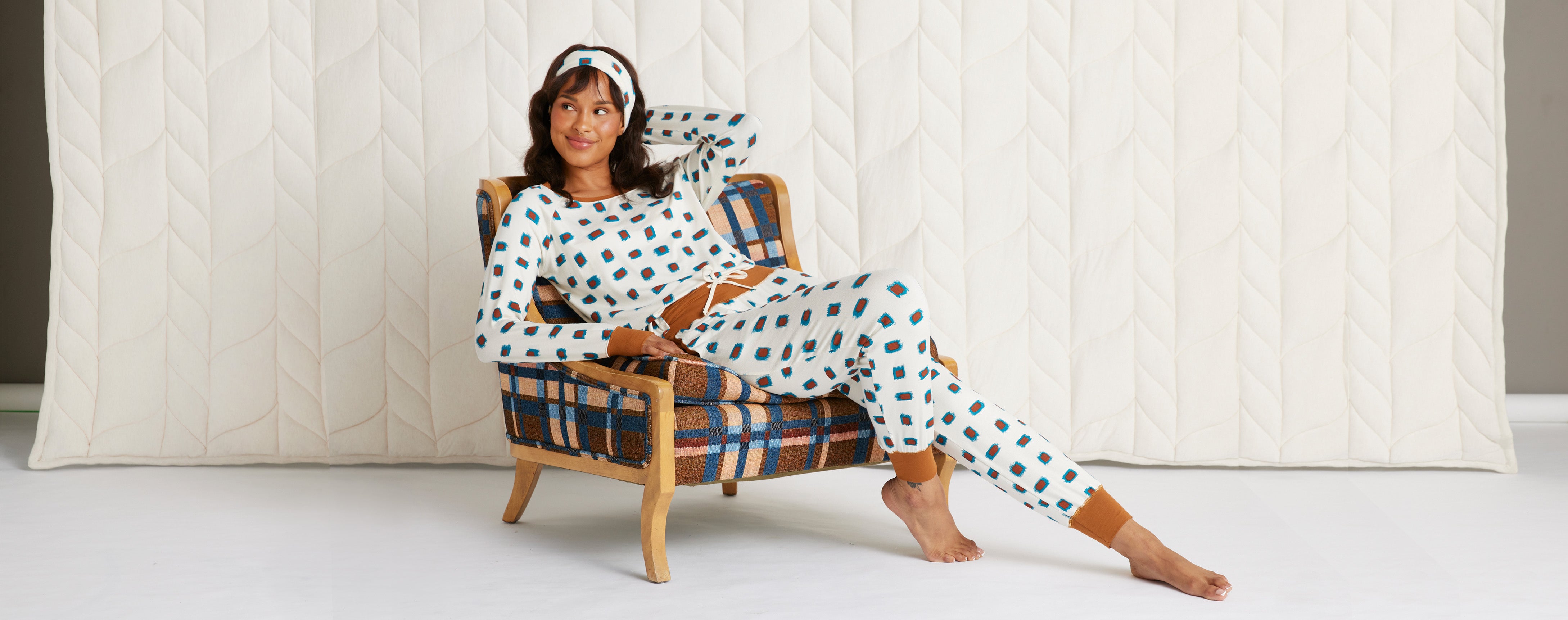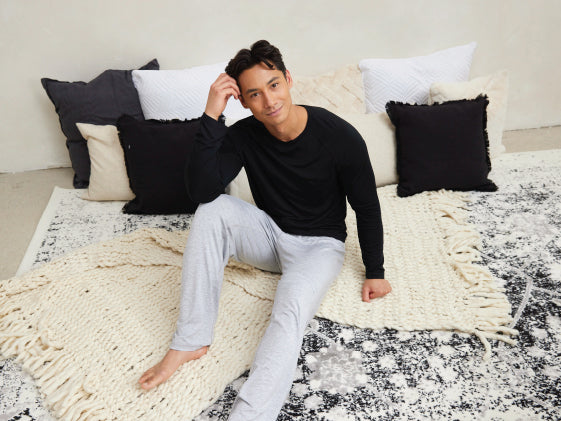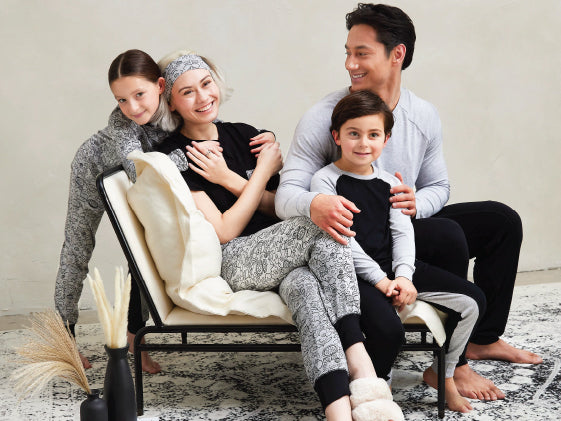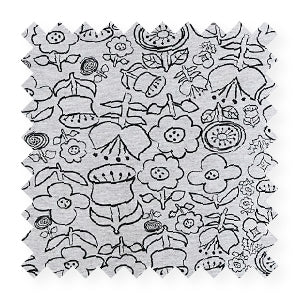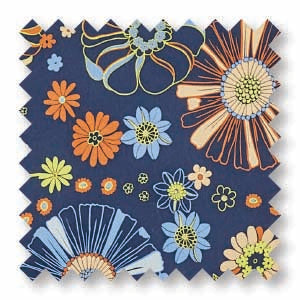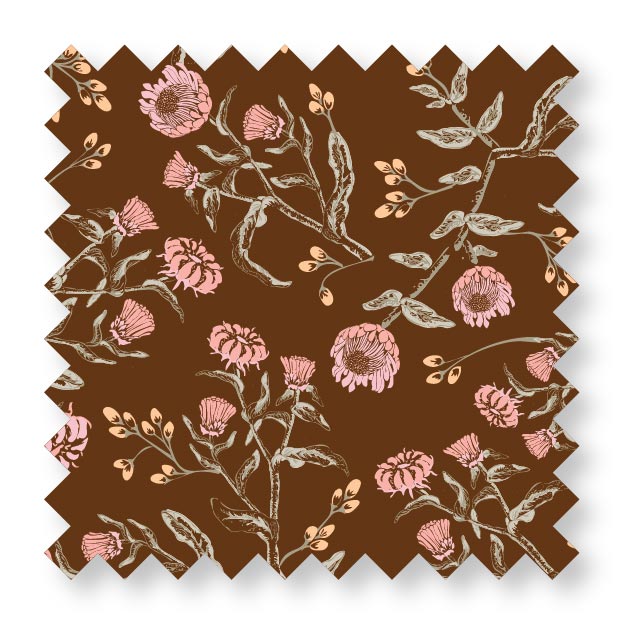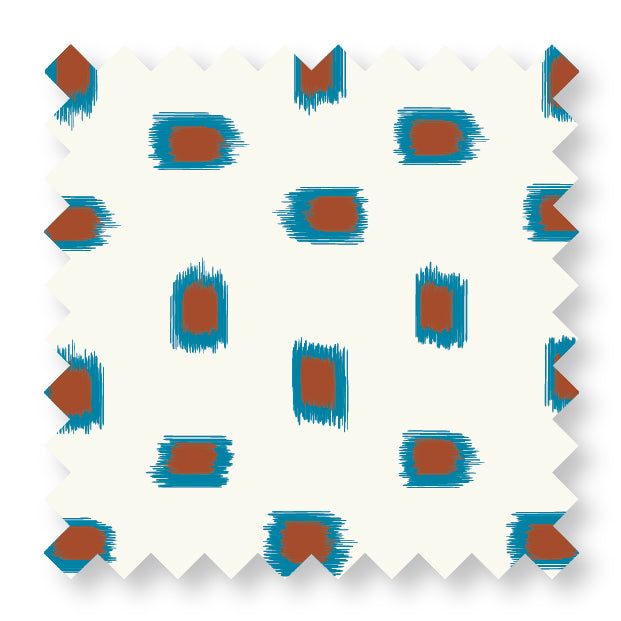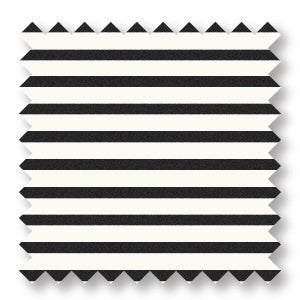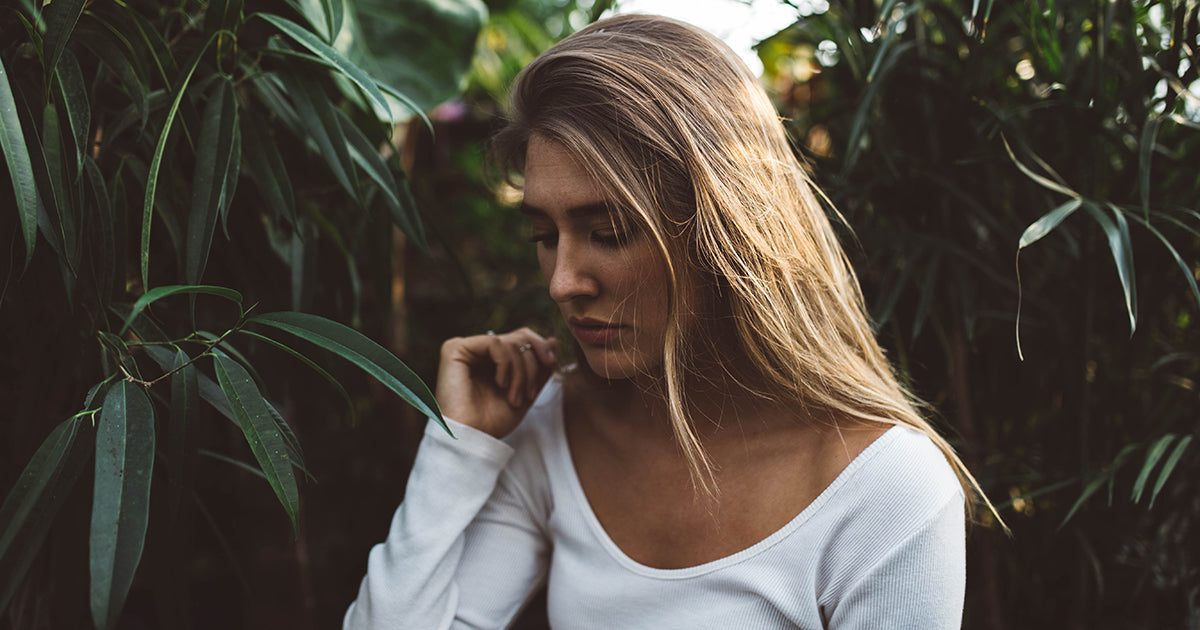
It’s 2018, it’s the age of overnight shipping, immediate feedback, and less than 1 second internet page loading. Even though we appreciate speed in our life, as of recent, fast-fashion is out, while sustainable style is everything. How did the impulse society, the age of immediacy, come to appreciate and even demand ethical apparel?
What is Fast-Fashion?
Fast-Fashion is a term used by fashion retailers to describe inexpensive designs that move quickly from the catwalk to stores to meet new trends. As a result of this trend, the tradition of introducing new fashion lines on a seasonal basis is being challenged.
Fast fashion’s goal is to quickly produce an item that is both cost-efficient and responds to fast-shifting consumer demands. The assumption is that consumers want a high-fashion styled article of clothing at a low price.
The Problem with Fast Fashion
- To sustain fast fashion demand, natural fibers have largely been substituted for synthetic ones, i.e. plastics, i.e. fabrics made from oil.
- A lot of power is needed to produce 150 billion-plus articles of clothing each year, and most of the countries where those garments are produced use coal power.
People don't keep clothes; the amount of clothing production needed to meet the new level of demand creates a wealth of both environmental and human rights issues.
 Source: Newsweek
Source: Newsweek
The Sustainable Solution.
The best way to ensure a supply of sustainable clothing, is by demanding it. More people have been voting with their dollar and demanding that the fashion industry provide transparency around their clothing production and practices. These are a few questions to ask about your clothing:
- Are these made from eco-friendly fibers?
- Are these garments 100% biodegradable/ compostable?
- Is the production of these fibers pesticide free?
- Is the clothing made locally?
The Luxury of Local.
In 2018, people want to inquire about clothing production and feel at ease knowing how their fabrics are being made. When we bring This is J pajamas and accessories to the One of a Kind Show, we’re always thrilled about the genuine curiosity that people express around the material and production. We proudly produce and manufacture locally in Canada. Our customers know that the clothing they’re buying is both eco-conscious and made in a worker-friendly environment.
Why We Chose Bamboo Fiber.
We strive to utilize the most environmentally friendly fabrics and processes available to us, while maintaining a superior quality product. Over the last 5 years we have settled on a Bamboo/Spandex blend that retains its softness and color while wicking away moisture from your skin and keeping you comfortable.
Advantages of Bamboo Fabric:
- Bamboo is one of the fastest growing plants on earth.
- Requires much less water than cotton in its growth and harvesting.
- Bamboo shoots are harvested at their base leaving the root system in tact for regeneration without need for replanting.
- Bamboo crops minimize CO2 and produce 35% more oxygen than an equivalent amount of trees.
- Requires no pesticide use in its growth.
- Inherently anti-bacterial, anti-fungal, odour resistant and durable.
- Garments made from Bamboo textiles are biodegradable.
Advancements in the processing technology of Bamboo has created purpose built water treatment facilities to ensure that the water used in processing the raw bamboo is free of chemicals. This is a closed loop system that makes the harvesting and processing of the raw bamboo into a closed loop system with minimal waste and less chemical run off.
How to Ditch “Waste Couture” and be Clothing Conscious.
How do you buy clothes? In an important journal article titled Waste Couture: Environmental Impact of the Clothing Industry, Liz Claudio states: “Consumer awareness about the fate of clothing through its life cycle may be the best hope for sustainability in the fashion industry.” The change starts with your choices around clothing. Here are a few considerations that can improve your sustainable style:
- Ask questions about the clothing you buy, including what it’s made from, where it’s made, and how it’s made.
- Invest in high-quality pieces that can be worn for years to come.
- Participate in clothing swaps with friends.
- Be an “outfit repeater”.
- Donate the clothes you no longer wear.
Learn More About Bamboo.
Get more information about the bamboo fabrics we use to create the beautiful This is J pajamas and accessories. Check out the Bamboo Fabrics Page here >>
Sources:
- Claudio, Liz. Waste Couture: Environmental Impact of the Clothing Industry. Environmental Health Perspectives. Retrieved from https://www.ncbi.nlm.nih.gov/pmc/articles/PMC1964887/
- Investopia. Fast-Fashion. Retrieved from https://www.investopedia.com/terms/f/fast-fashion.asp
- Wicker, Alden. Fast Fashion is Creating an Environmental Crisis. Newsweek. Retrieved from http://www.newsweek.com/2016/09/09/old-clothes-fashion-waste-crisis-494824.html
